Nebraska drivers will likely face a much longer wait for the completion of the state’s expressway system, according to Nebraska Department of Transportation Director Vicki Kramer. Speaking to lawmakers on Wednesday, Kramer announced that the remaining segments of the expressway system are now projected to be finished by 2042 at the earliest, a significant delay from last year’s estimate of the mid-2030s. Kramer explained that the revised timeline reflects a more realistic outlook based on current funding levels and cash flow, rather than previous projections focused solely on planning and construction timelines.
The expressway system, launched in 1988, aims to connect Nebraska communities with more than 15,000 residents to the Interstate system via four-lane expressways. Despite the initial goal of completing the system in 15 years, the revised timeline means it will take over half a century. Key projects still pending include U.S. 275 from Norfolk to West Point, U.S. 77 interchanges at the Lincoln West Beltway, and U.S. 81 from York to Columbus.
Kramer highlighted a potential acceleration for the U.S. 275 project, which could be completed by 2029 if the Nebraska Highway Commission approves $100 million in bonds. This marks a departure from the state’s traditional pay-as-you-go approach to road construction. However, Kramer emphasized the need to avoid funding gaps that could halt construction mid-project, as seen in previous efforts.
During a legislative hearing, Kramer noted challenges such as inflation and uncertainty in federal funding but said recent construction bids show inflation may be easing. The state’s road-building and maintenance needs are estimated at $16.9 billion over the next 20 years, with $10.4 billion earmarked for asset preservation, $2.3 billion for modernization, and $4.2 billion for capital improvements, including expressway expansions and Interstate 80 upgrades.
Kramer also urged lawmakers to prioritize road safety, citing over 240 annual roadway fatalities in Nebraska. She advocated for measures like roundabouts, cable median barriers, and legislation targeting distracted driving and seat belt usage. “Driving is the most dangerous thing your constituents do,” Kramer told lawmakers, emphasizing the need for a comprehensive safety bill to improve road safety statewide.
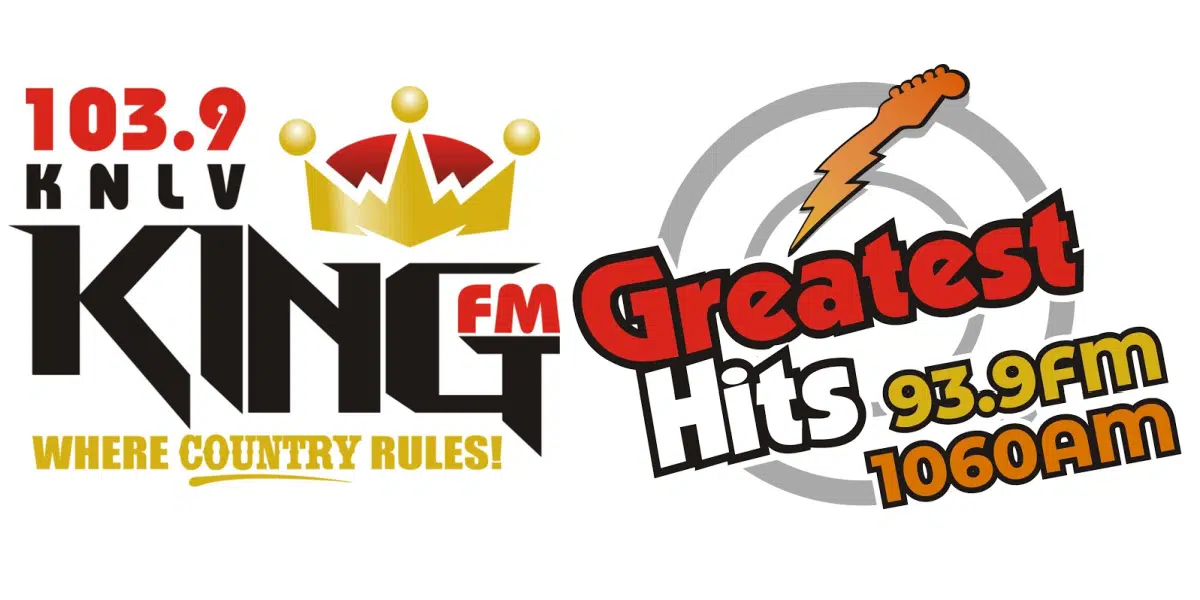




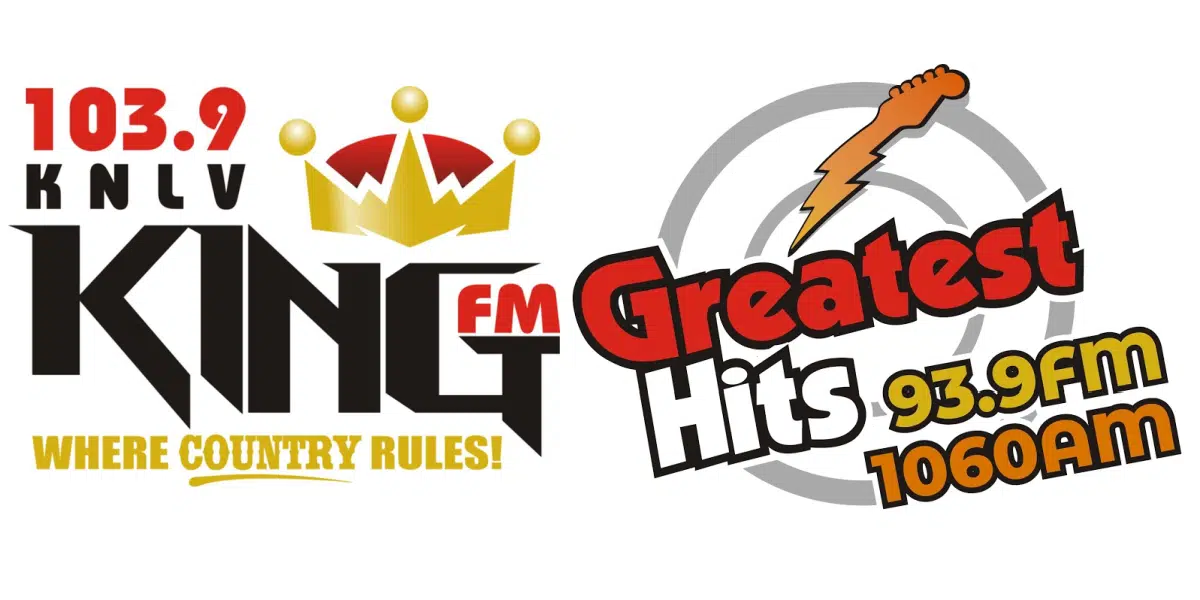
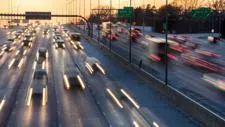



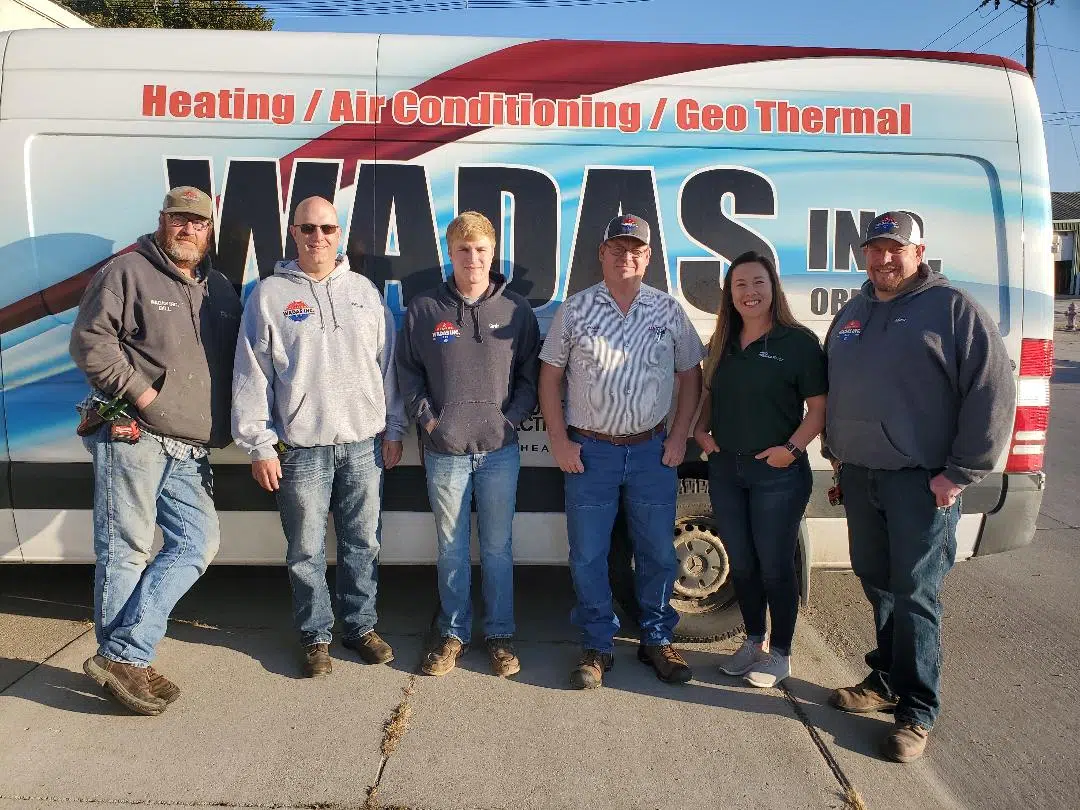


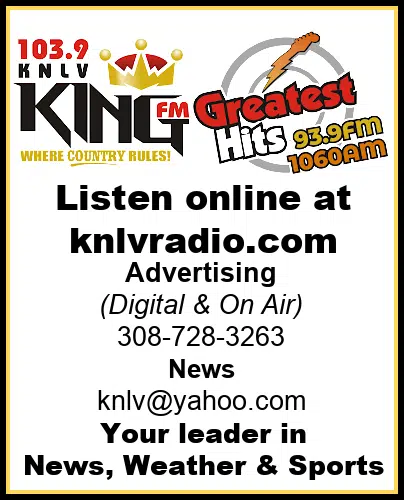




Comments